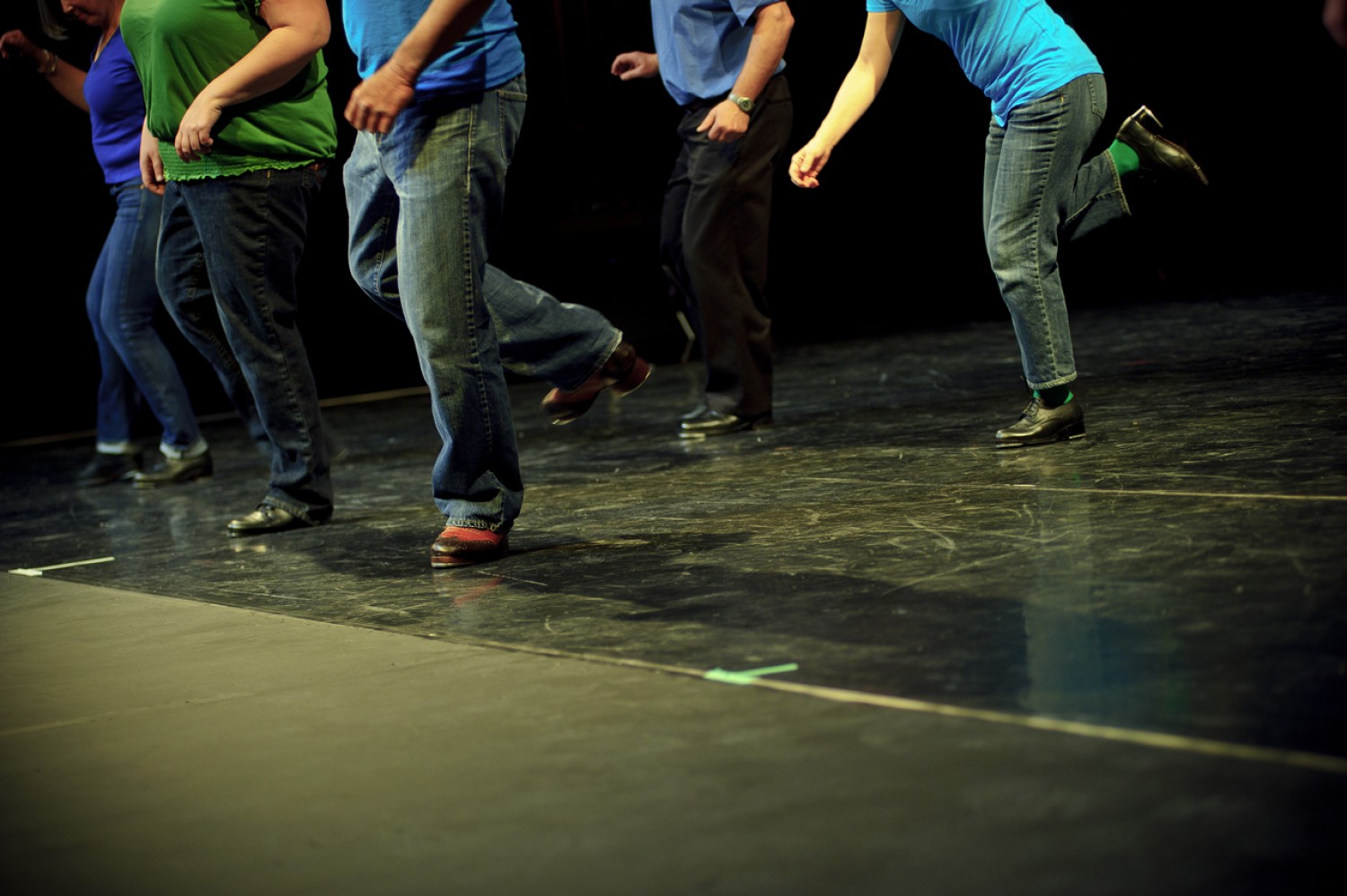The Power of Metaphors

When it comes to dance, everyone learns a little differently. These different learning styles generally fall into one or more of the following categories: Metaphorical, analytical, emotional, and kinaesthetic. This month, we’re taking a look at each one!
Metaphorically Speaking
Many of us use metaphors as a way of connecting something we know to something we don’t know. You may scratch your head when your teacher talks about using contrabody movement, but mime swinging a bat or a tennis racket, and you’ve pretty much nailed it.
Here’s just a few metaphors you can use to make better sense of ballroom dance technique:
- Contrabody movement – Think of swinging something across your body – a bowling ball, a cricket bat, etc. – to create that body rotation.
- Rise and fall – Imagine you are pushing your feet through the floor to create more stability in your movement.
- Floor connection – Picture yourself giving the floor a deep tissue massage with your feet, or that you are a cat kneading a pillow.
- Staying grounded in turns –Hold an imaginary wine cask, or baby in your arms at about the level of your belly button. Swing this imaginary weight without lifting the arms to create a nice centred turn.
Of course, there are many metaphors that can be used for the same kind of movement, and ultimately you’ll want to draw on your own experience to create the metaphors that work the best for you. Let’s explore how to do that.
Creating A Metaphor
Learning to use metaphors takes a bit of practice. You don’t have to go back to english class, but you DO need to start comparing what you learn to movements you are familiar with.
For example, does the figure 8 motion of Cuban motion make you think of a swinging door? A top-loading washing machine? Taking a scoop of ice cream? Once you get into the habit of visualizing similar movements, it will get easier and easier.
Metaphors are Approximations
A metaphor is like a painting (see what I did there?) The painting may get you incredibly close to ‘reality’, but it’s still just oil on canvas. Likewise, use metaphors to better understand concepts, but recognize they ultimately need to be abandoned before you can truly master them.
See you next week, when we look at the analytical learners!
About the Author
Ian Crewe has been dancing ballroom for over 18 years, and has a Licentiate in American smooth and rhythm. His passion for dance eventually led him to blogging and the World Wide Web. Ian currently teaches at the Joy of Dance Centre, Toronto, ON, Canada.

